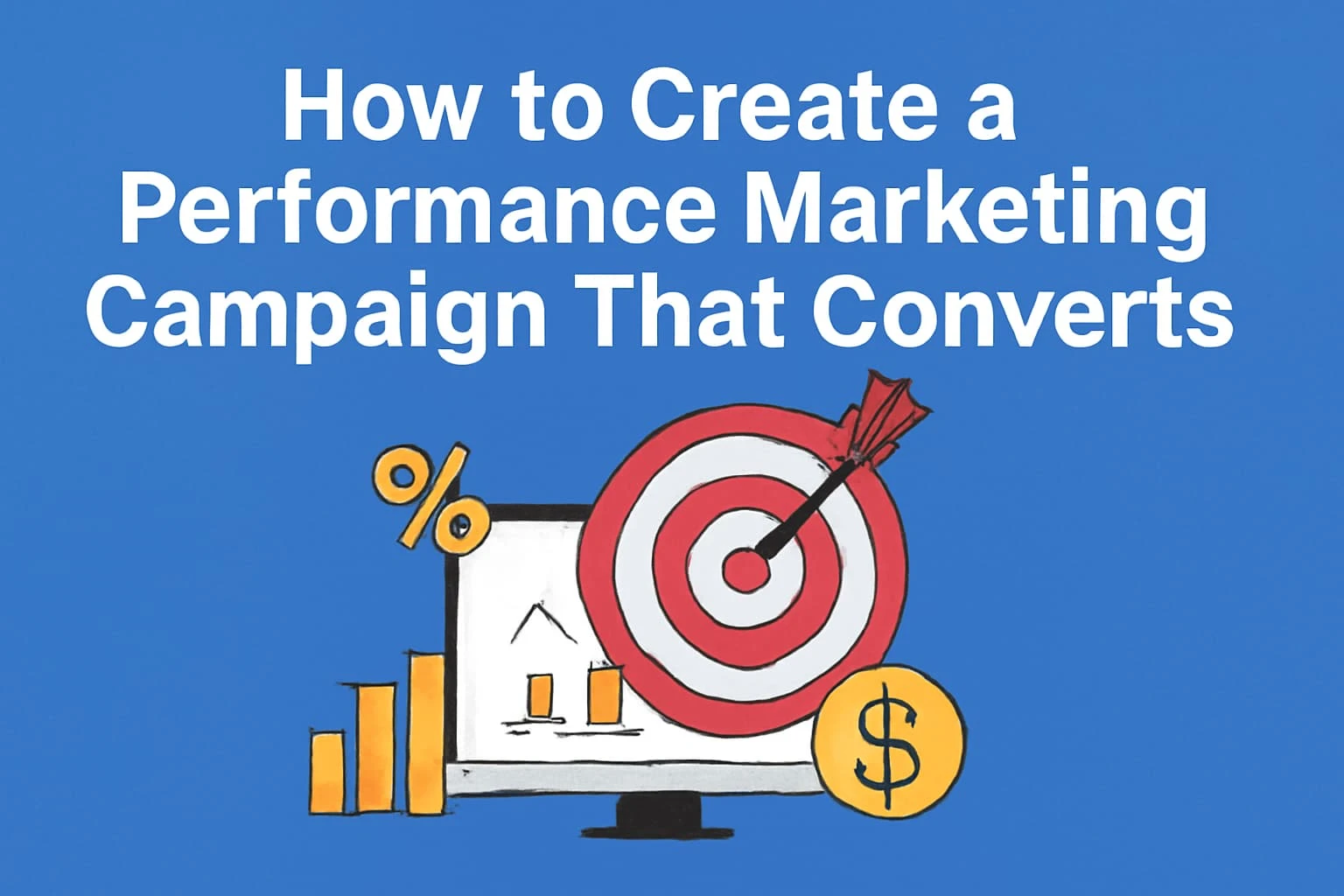What are you looking for?
THE TECH PRODUCT
THE DESIGN STUDIO
THE MEDIA HOUSE
THE MARKETING STUDIO
THE AR LAB

Learn how to create a performance marketing campaign that delivers results. Discover key strategies, tools, and tips for PPC, ROI-driven marketing, and campaign performance metrics
In today’s data-driven marketing world, running a performance marketing campaign is one of the most cost-effective ways to drive targeted results. Whether you’re investing in PPC campaigns or launching Google Ads campaigns, performance marketing ensures every penny spent is measurable and linked to results.
In this guide, we’ll walk through how to build a performance marketing strategy from scratch, optimize your campaigns, and improve your campaign performance metrics.
Performance marketing is a results-focused approach where advertisers only pay when a specific action is completed—such as a click, lead, or sale. It includes channels like:
This model is ideal for businesses aiming to maximize ROI while maintaining tight control over their advertising budgets.
Here’s why brands are shifting to performance marketing campaigns:
Before launching, clarify what you want to achieve:
Your goals will determine your channel and budget allocation.
Build buyer personas and understand user behavior. Use tools like Google Analytics and Meta Insights to:
Select platforms based on your audience and goals:
Ad copy and visuals should be compelling, benefit-driven, and clear. Ensure consistency between the ad and the landing page.
Landing page tips:
Tracking is critical in ROI-driven marketing campaigns. Use:
Key campaign performance metrics include:
Run A/B tests to improve:
Pause underperforming ads and reallocate budget to top performers.
Creating a successful performance marketing campaign requires the right mix of strategy, tools, and continuous optimization. With clear goals, strong targeting, compelling messaging, and a solid focus on campaign performance metrics, you can build ROI-driven marketing campaigns that convert efficiently and scale with your business.
Need help with Google Ads or PPC management? Let our team create a high-converting strategy for you!